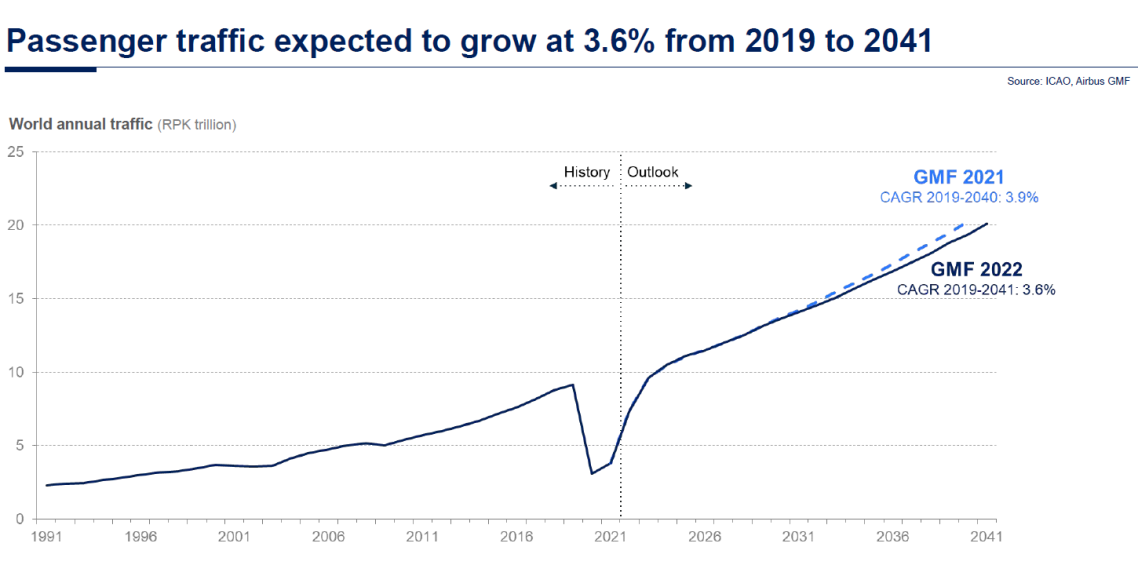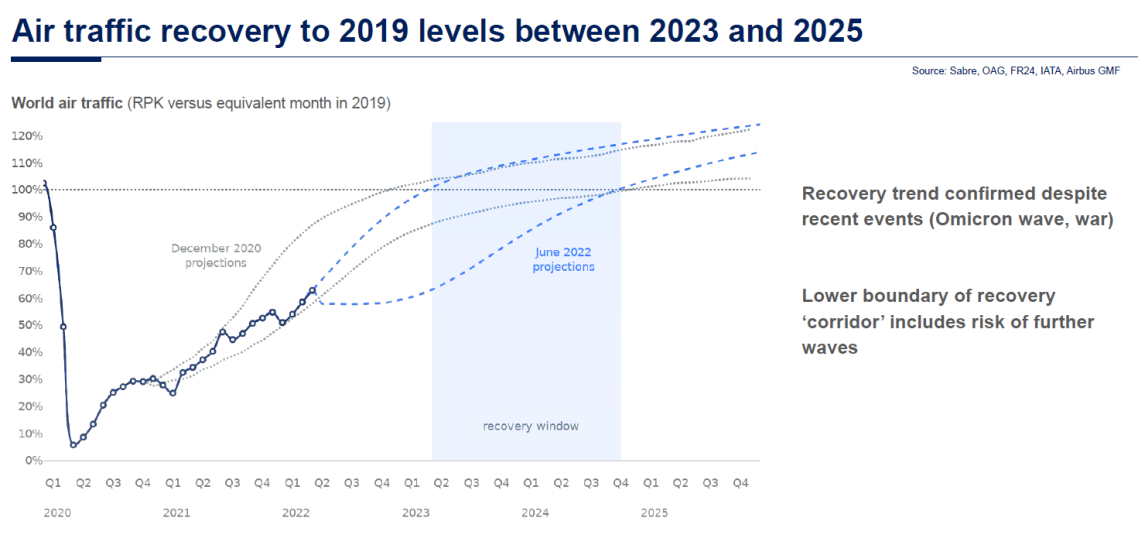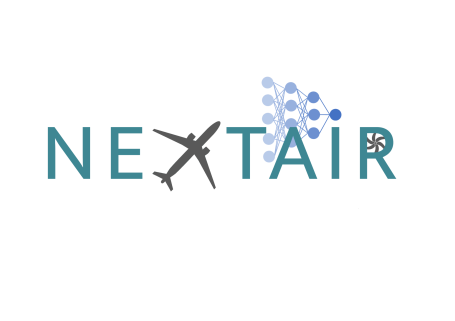Challenge in the Aeronautical Industry
The civil aeronautical sector has reached a turning point because of two major challenges: on the one hand the reduction of the environmental impact of air traffic with nearly the 3% of global emissions including not only CO2 but also NOX and contrails. On the other hand, the need to sustain the air traffic growth which double every 15 years.
By 2050, an estimated 10 billion passengers will fly a distance of 20 trillion revenue passenger kilometres each year. With today’s fleet and operational efficiency, this activity would require over 570 megatons (Mt) of fuel and generate some 1,800 Mt of CO2. Enabling the same number of passenger while reducing CO2 by 82% to 325 Mt or less by 2050 and potentially zero by 2060 represents one of the most significant challenges of the aeronautical sector.
A great job has been already done by continuously reducing the environmental footprint through incremental innovation. But this is not enough to meet the next challenge for which radical changes in aircraft configurations, propulsion, operations are required.
In order to introduce radical changes in aircraft configurations, engine and through their whole life-cycle we need to ease: breakthrough technology maturation, flawless entry-into-service of these innovative concepts and enable their smart maintenance. These are exactly the key aspects addressed by Horizon Europe project NEXTAIR which aims at:
1) Improving and advancing digital design models
2) Efficiently accounting for uncertainties during the design process
3) Developing digital twinning methodologies

Source: Airbus Global Market Forecast 2022

Source: Climate Action Tracker

Source: Sabre, OAG, FR24, IATA, Airbus GMF

Funded by the European Union under the GA number: 101056732. Views and opinions expressed are however those of the author(s) only and do not necessarily reflect those of the European Union. Neither the European Union nor the granting authority can be held responsible for them.
Copyright ©. Tous droits réservés.
Nous avons besoin de votre consentement pour charger les traductions
Nous utilisons un service tiers pour traduire le contenu du site web qui peut collecter des données sur votre activité. Veuillez consulter les détails dans la politique de confidentialité et accepter le service pour voir les traductions.
